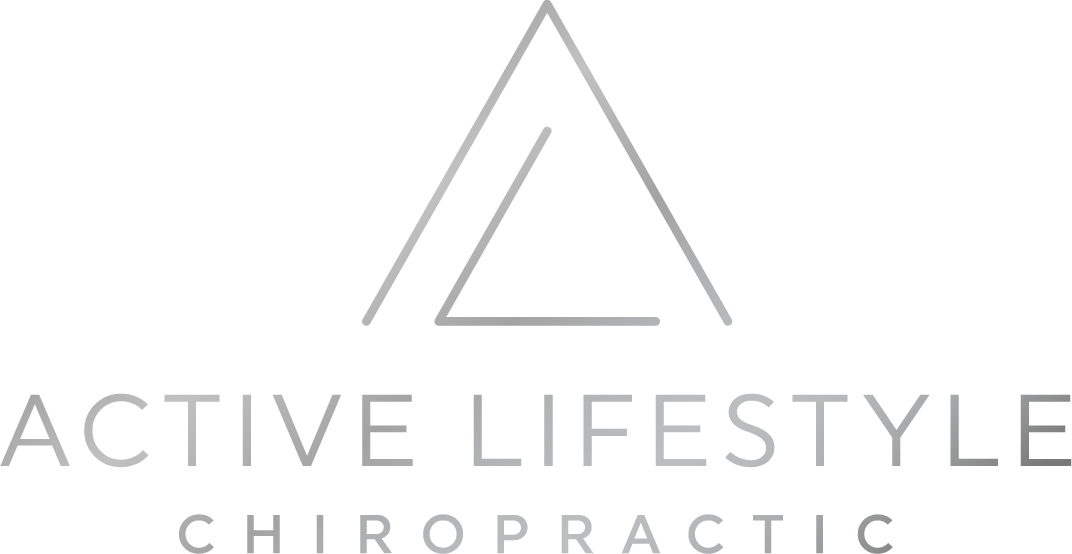Beyond Fancy Equipment: Simple Ergonomic Solutions for Better Health Outcomes
Ergonomics is often associated with high-end chairs, adjustable desks, and state-of-the-art office equipment. However, true ergonomic health extends beyond these material solutions. It lies in the daily habits we adopt - the way we sit, move, and take breaks.
This post aims to shed light on simple yet effective ergonomic practices that can make a significant difference in your overall well-being.
Simply buying fancy equipment isn’t enough.
The Misconception of Ergonomic Equipment:
Many believe that investing in expensive ergonomic equipment is the ultimate solution to avoiding discomfort and pain associated with poor posture. While such equipment can provide support and comfort, it is not a panacea. The root causes of many ergonomic issues - lack of movement, sustained poor posture, and muscle stiffness - often remain unaddressed. It's crucial to understand that ergonomic health involves more than just your physical workspace; it's also about how you interact with it.
The Power of Changing Positions:
Static postures, especially prolonged sitting, can lead to various physical ailments. The key to mitigating this is dynamic sitting - the practice of regularly changing your posture. Alternating between sitting and standing, if possible, and making minor adjustments to your chair or desk setup can significantly reduce the strain on your body.
The Role of Micro-Breaks:
The human body is not designed for prolonged immobility. Incorporating micro-breaks - brief, regular intervals of rest - can be a game-changer. These breaks, lasting just a minute or two, can help reset your posture, relieve muscle tension, and improve blood circulation. The post should provide easy-to-implement strategies for taking micro-breaks, such as stretching, walking around, or doing a quick set of exercises.
Incorporating Stretching and Movement:
Regular stretching and movement are integral to maintaining ergonomic health. By introducing simple stretches and exercises that can be performed at the desk or in close proximity, you can mitigate impact on your neck, shoulders, back, and wrists.
Embracing an Active Lifestyle:
Ergonomic health is not confined to the workplace; it's a lifestyle choice. At the end of the day its important to embrace an active lifestyle, which includes regular exercise and physical activities like walking, cycling, or swimming. The key is to find something that you enjoy so that you remain consistent. To add more movement into your day, consider incorporating increased activity by taking stairs instead of elevators, walking during lunch breaks, or engaging in regular exercise sessions.
Conclusion: Ergonomic health is about more than fancy chairs or gadgets. It's about making conscious decisions to move, stretch, and take breaks. By integrating these simple practices into your daily life, you reduce your risk of repetetive strains and injuries.


